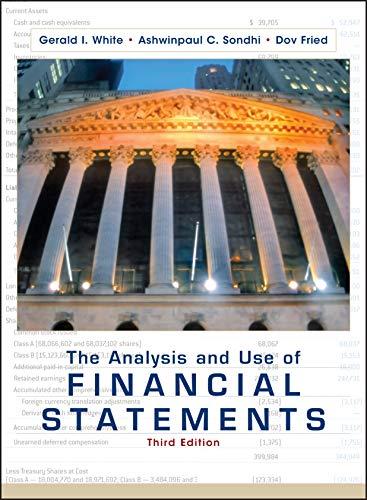Question
(ONLY ANSWER 5-8 PLEASE) Kelloggs is selling Krave cereal. Each box costs $2.40 to produce. The regular price of a box of Krave is $4.50.
(ONLY ANSWER 5-8 PLEASE)
Kelloggs is selling Krave cereal. Each box costs $2.40 to produce. The regular price of a box of Krave is $4.50. There are 10,000 loyal consumers who will purchase a box each week regardless of whether the product is on sale or not. In addition, there are Switchers and Newbies. Switchers will purchase only if the product is on sale and their future purchase behavior is unaffected by past purchases. Newbies will also purchase only if the product is on sale. However, half of them will become loyal after an initial purchase. Each of these converted customers will generate a CLV of $25. The number of Switchers and Newbies will depend on the sale price according to the table below:
| Price | # of Switchers | Number of Newbies |
| $4.50 | 0 | 0 |
| $4.20 | 1000 | 200 |
| $3.90 | 2000 | 400 |
| $3.60 | 3000 | 600 |
| $3.30 | 4000 | 800 |
| $3.00 | 5000 | 1000 |
| $2.70 | 6000 | 1200 |
| $2.40 | 7000 | 1400 |
Note, all consumers pay the same price. For example, if the price is $3.90. Total unit sales will be 12,400 (10,000 loyals + 2000 switchers + 400 newbies). In addition, Kellogg will convert 200 newbies (1/2 of 400) into loyal customers, which generate an addition profit flow of $25 each.
- If there is not a sale, i.e., Price = $4.50, what would be Kelloggs profit?
- Suppose Kellogg decides to hold a sales promotion for Krave. Complete the table below to calculate the profit Kellogg would earn at each of the possible price points. Clearly indicate which price generates the largest profit.
| Price | Quantity Sold | Net Margin | # of converted newbies | Total CLV of converted newbies | Profit |
| $4.20 |
|
|
|
|
|
| $3.90 |
|
|
|
|
|
| $3.60 |
|
|
|
|
|
| $3.30 |
|
|
|
|
|
| $3.00 |
|
|
|
|
|
| $2.70 |
|
|
|
|
|
| $2.40 |
|
|
|
|
|
Quantity Sold will be the total units sold at each price (including sales to loyals, switchers, and newbies). Net Margin = (Price Unit Cost) * Quantity Sold . # of converted newbies = (# of Newbies who purchase) /2. Total CLV of converted newbies = (# of converted newbies) * (CLV of each converted newbie). Profit = Net Margin + Total CLV of converted newbies.
- Should Kellogg offer a sales promotion? If so, by how much will its profit increase? Hint: Compare the profit from 1) to the maximum profit obtainable in 2).
- If the unit cost of producing a box of Krave increased (i.e., was larger than $2.40), do you expect the optimal price under a sales promotion would increase, decrease, or stay the same? Briefly explain why you think the price would change in that particular direction. Note, you do NOT need to calculate the optimal price or resulting profit.
- If there were more loyal customers (i.e., the number of loyal customers was greater than 10,000), do you expect the optimal price under a sales promotion would increase, decrease, or stay the same? Briefly explain why you think the price would change in that particular direction. Note, you do NOT need to calculate the optimal price or resulting profit.
- If the conversion probability of Newbies increased (i.e., more than half of Newbies who purchase become loyal customers), do you expect the optimal price under a sales promotion would increase, decrease, or stay the same? Briefly explain why you think the price would change in that particular direction. Note, you do NOT need to calculate the optimal price or resulting profit.
- Suppose a market research firm has a database that lists all potential Newbies. If Kellogg had access to this database, it could distribute coupons only to Newbies. What should be the face value of this coupon? Hint: Kellogg would set a regular price of $4.50, which would be paid by all Loyals and no Switchers. If the face value of the coupon is $C, Newbies would pay a net price of $4.50 - $C. What value of $C generates the highest profit?
- What is the most Kellogg would be willing to pay (WTP) to obtain access to this database? Hint: Using your analysis of Question 7, calculate the profit Kellogg would earn if it offered coupons targeted to Newbies. Compare this to the profit you found in Question 2. The difference between these profits is Kelloggs WTP.
Step by Step Solution
There are 3 Steps involved in it
Step: 1

Get Instant Access to Expert-Tailored Solutions
See step-by-step solutions with expert insights and AI powered tools for academic success
Step: 2

Step: 3

Ace Your Homework with AI
Get the answers you need in no time with our AI-driven, step-by-step assistance
Get Started


